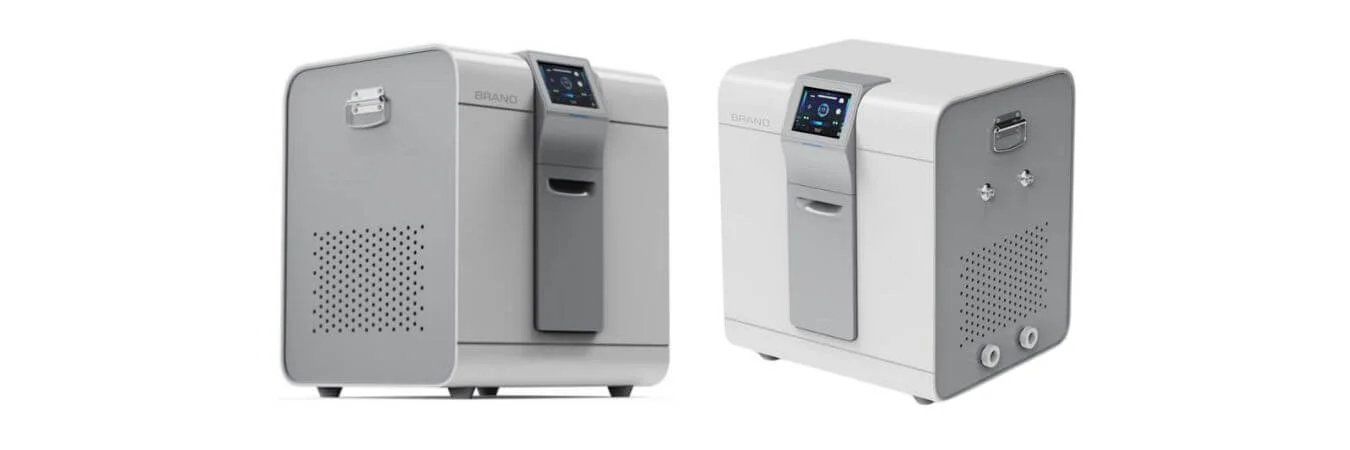
The Ultimate Relaxation Experience: Discover the Benefits of Float Tanks
- Categories: Float Tank, Tanks
- Tags: Float Tank, Tank
In the fast-paced world we live in, finding moments of true relaxation and mental clarity can be challenging. Enter the float tank—a revolutionary wellness tool designed to offer a unique and deeply restorative experience. In this blog, we’ll explore what float tanks are, how they work, and the myriad benefits they offer for both your mind and body.
What is a Float Tank?
A float tank, also known as a sensory deprivation tank or isolation tank, is a large, enclosed pod filled with a solution of water and Epsom salt. The high concentration of salt allows users to float effortlessly on the surface of the water, which is maintained at skin temperature. This environment creates a sensation of weightlessness and minimal external stimuli.
How Does a Float Tank Work?
- Isolation from External Stimuli:
- Darkness and Silence: The float tank is designed to be completely dark and silent, enhancing the sensation of isolation from external stimuli.
- Weightlessness: The Epsom salt solution creates buoyancy, allowing users to float effortlessly, which removes the usual pressures and strains on the body.
- Controlled Environment:
- Temperature: The water is kept at a temperature that matches your body’s skin temperature, creating a seamless transition between the water and your body, which contributes to the sensation of floating in mid-air.
- Cleanliness: The water is filtered and sanitized after each use, ensuring a clean and hygienic environment.
Benefits of Using a Float Tank
- Stress Reduction:
- Deep Relaxation: Floating in the tank helps activate the parasympathetic nervous system, promoting deep relaxation and reducing stress levels.
- Mental Clarity: The absence of external distractions can lead to profound mental clarity and a meditative state.
- Pain Relief and Muscle Recovery:
- Reduced Muscle Tension: The weightlessness of floating alleviates pressure on muscles and joints, aiding in the relief of chronic pain and muscle tension.
- Enhanced Recovery: Athletes often use float tanks to speed up recovery after intense workouts, as the floatation environment supports muscle relaxation and reduces inflammation.
- Improved Sleep Quality:
- Better Sleep: Regular floatation sessions have been shown to improve sleep quality by reducing stress and promoting relaxation, which can lead to more restful and deeper sleep.
- Enhanced Creativity and Problem-Solving:
- Creative Thinking: The meditative state induced by floating can enhance creativity and problem-solving skills, providing new perspectives and insights.
- Mental Health Benefits:
- Reduced Anxiety and Depression: Many users report lower levels of anxiety and improved mood after floating, making it a valuable tool for mental well-being.
What to Expect During Your Float Session
- Preparation:
- Arrival: Arrive a few minutes early to complete any necessary paperwork and receive a brief orientation.
- Pre-Float Shower: You’ll be asked to shower before entering the float tank to ensure the water remains clean and to remove any products that could affect the floatation experience.
- Floatation Experience:
- Entering the Tank: Once inside, you will float in the warm, salty water, experiencing a sensation of weightlessness.
- Relaxation: Use this time to focus on your breath, meditate, or simply enjoy the feeling of deep relaxation.
- Post-Float:
- Showering: After your session, you will rinse off the saltwater and can take a few moments to reorient yourself.
- Hydration: Drinking water afterward helps with hydration and recovery.
Tips for an Optimal Float Experience
– **Relax and Let
